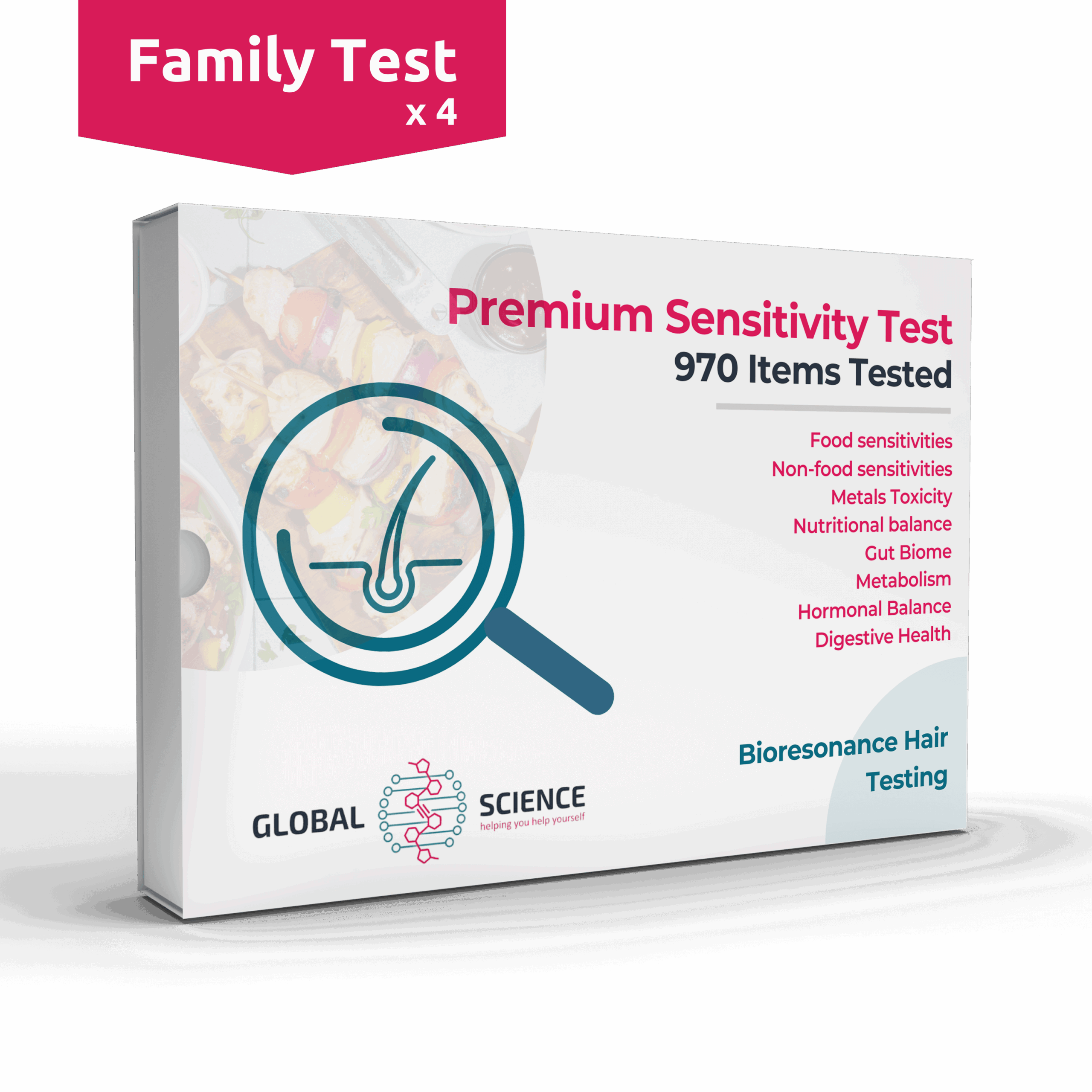Dairy Allergy
Dairy or milk products are produced from the milk of mammals such as cattle, buffaloes, goats, and sheep. These include cheese, cream, yogurt, and butter. Dairy is used regularly as an ingredient in many foods, such as desserts, sauces, soups, and processed foods.
Though it is available worldwide, dairy is predominantly consumed in the Western World. Areas of East and Southeast Asia and parts of central Africa have consumed less dairy historically, though demand in recent years has been growing rapidly.
To help remove dairy from your diet (whether partially or fully) there’s a wide range of dairy-free alternatives available. Most good supermarkets and specialist retailers stock quality dairy-free milk drinks, yogurt, cheese, ice cream, and creams.
Below are some ideas of milk drinks and yogurt types:
Common Milk Alternatives
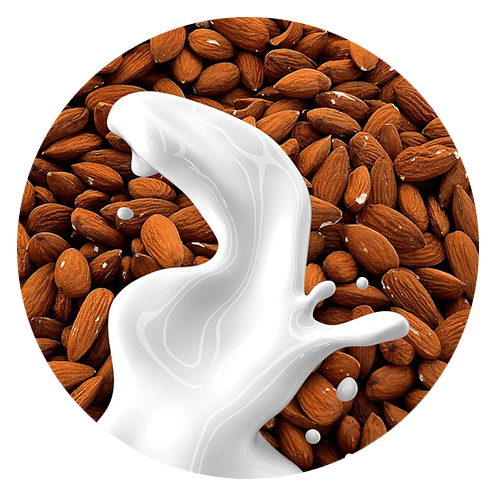
Almond

Brown rice

Cashew

Coconut
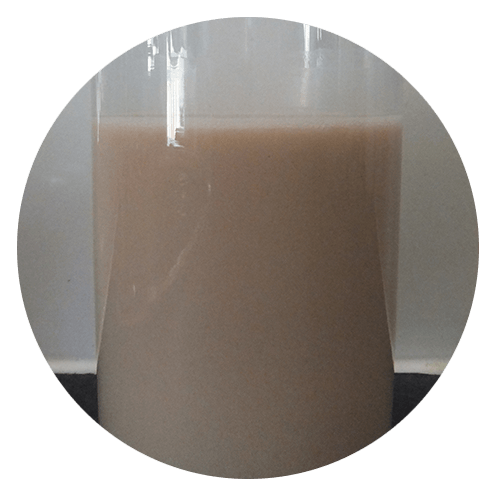
Hazelnut

Hemp

Oat
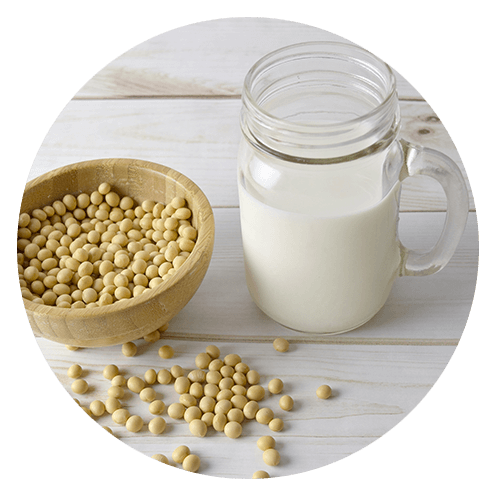
Soya
Common Yogurt Alternatives

Almond

Coconut

Soya
Lactose Intolerance
Lactase, the enzyme needed to digest lactose (the sugar in milk) isn’t produced by people who are Lactose Intolerant. Because the body doesn’t make lactase, the stomach, and small intestine fails to properly digest the milk product and the undigested lactose moves to the colon where it’s broken down by bacteria and causes digestive issues such as bloating and gas. Lactose intolerance can be uncomfortable, but not dangerous.
With approximately 30 million Americans suffering from it by age 20, Lactose intolerance is a common condition in adult humans. The condition tends to be more common in people with Asian, African or Native American heritage and less common in people with a northern or western European background.

Dairy Allergy
As it is an immune system response, a dairy allergy is different from sensitivity. The body reacts to the proteins in milk or dairy item and releases substances that cause allergy symptoms. This allergic reaction can often be more severe and acute.
Dairy allergies are one of the most common, especially in children, with up to 2 in every 100 children under 4 years old who are allergic to milk.
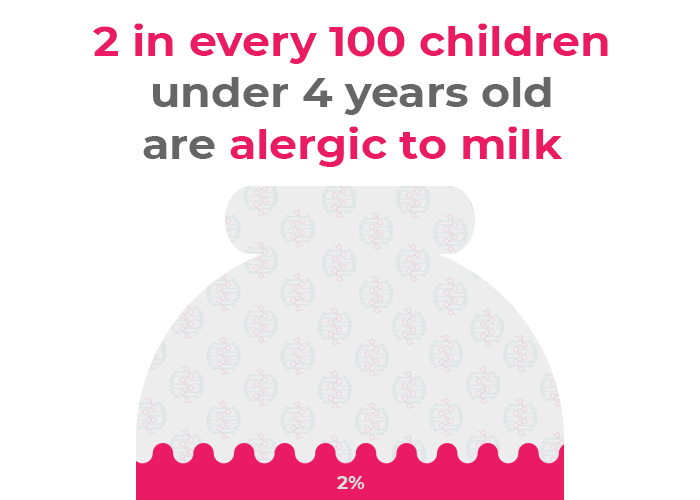
Dairy intolerance/sensitivity
A dairy intolerance or sensitivity is where the body presents digestive symptoms after the consumption of some dairy products. A less severe condition than lactose intolerance or dairy allergy, this condition can still be uncomfortable and embarrassing for the individual.
Symptoms
Common Lactose Intolerance, dairy sensitivity, and dairy allergy shared symptoms (less severe):
Diarrhea
Nausea; sometimes vomiting
Abdominal cramps
Bloating
Gas
More acute dairy allergy symptoms:
Rash
Hives
Swelling, often in the lips and face
Wheezing
Tightness in throat
Trouble swallowing
Anaphylaxis
Replacing Nutrients when Eliminating Dairy
The nutritional profile of milk products varies depending on the fat content. Milk is a good source of protein and vitamins A, B2, B12, D (if fortified), calcium, phosphorus, potassium, and selenium. Milk products can also be a good source of probiotics.
It’s important to use alternative foods in your diet when undertaking either a short or long term elimination diet to maintain nutrient balance.
Below are good examples or nutritional alternatives when eliminating dairy:
Vitamin A (Retinol)
Liver, beef, lamb, cod liver oil, eggs, mackerel, salmon, tuna
Beta Carotene (vitamin A)
Sweet potato, carrots, kale, spinach, collards, swiss chard, pak choi, butternut squash, pumpkin, cos lettuce, romaine lettuce, mango, dried apricots, prunes, peaches, melon, red peppers, tuna fish, mackerel
B Vitamins
Brewer’s yeast, oats, buckwheat, brown rice, rye, whole wheat, peanuts, mushrooms, soybean flour and soybeans, split peas, pecans, sunflower seeds, lentils, cashews, chickpeas, broccoli, hazelnuts, peppers
B12
Oysters, mussels, scallops, liver, mackerel, tuna, salmon, sardines, crab, beef, eggs, fortified products
Vitamin D
Salmon, trout, swordfish, mackerel, tuna, mushrooms, fortified products
Calcium
Watercress, kale, broccoli, low-fat mozzarella (buffalo), pak choi, tofu, sugar snap peas, almonds, tinned sardines in oil with bones, tinned pink salmon
Potassium
Dried apricots, salmon, mackerel, tuna, monkfish, white beans, lentils, kidney beans, avocado, butternut squash, spinach, mushrooms, bananas, potatoes
Selenium
Brazil nuts, brown rice, rye, whole wheat, mushrooms, shrimp, sardines, oysters, tuna, sunflower seeds, liver, eggs, beef, turkey
Phosphorus
Brown rice, oats, rye, whole wheat, quinoa, chicken, turkey, pork, liver, sardines, scallops, salmon, mackerel, crab, sunflower seeds, pumpkin seeds, Brazil nuts, pine nuts, almonds, pistachios, cashews
SENSITIVITY TESTS
America's best non-invasive sensitivity test uses a small hair sample to test up to 1400 Foods, inhalants, vitamins and minerals.
Order today and join over 250,000 satisfied customers who now understand their sensitivities and body health.
-
Core - Single
$37.00
400 item food, environmental and metals sensitivity test.
-
Premium - Single
$47.00
970+ item comprehensive sensitivity and health test report.
-
Advanced Sensitivity Test - Single
$62.00
1400 items, our most advanced sensitivity and health test.
-
Premium - Family
$125.00
Our best value and most comprehensive sensitivity test for four people.




